Glaciologists show evidence of warm ocean water intruding kilometers beneath grounded ice at Thwaites Glacier in West Antarctica. The findings suggest that existing climate models are underestimating the impact of ocean and ice interactions in future sea level rise projections.
A team of glaciologists led by researchers at the University of California, Irvine used high-resolution satellite radar data to find evidence of the intrusion of warm, high-pressure seawater many kilometers beneath the grounded ice of West Antarctica's Thwaites Glacier.
ICEYE Director of Analytics Michael Wollersheim, co-author, said,"Until now, some of the most dynamic processes in nature have been impossible to observe with sufficient detail or frequency to allow us to understand and model them. Observing these processes from space and using radar satellite images, which provide centimeter-level precision InSAR measurements at daily frequency, marks a significant leap forward.
And it's not just any seawater. For decades, Rignot and his colleagues have been gathering evidence of the impact of climate change on ocean currents, which push warmer seawater to the shores of Antarctica and other polar ice regions. Circumpolar deep water is salty and has a lower freezing point.
"There is a lot of enthusiasm from the scientific community to go to these remote, polar regions to gather data and build our understanding of what's happening, but the funding is lagging," he said."We operate at the same budget in 2024 in real dollars that we were in the 1990s.
Dow added,"At the moment we don't have enough information to say one way or the other how much time there is before the oceanwater intrusion is irreversible. By improving the models and focusing our research on these critical glaciers, we will try to get these numbers at least pinned down for decades versus centuries. This work will help people adapt to changing ocean levels, along with focusing on reducing carbon emissions to prevent the worst-case scenario.
Snow And Avalanches Climate Ice Ages Ocean Policy Resource Shortage Environmental Policies STEM Education
United States Latest News, United States Headlines
Similar News:You can also read news stories similar to this one that we have collected from other news sources.
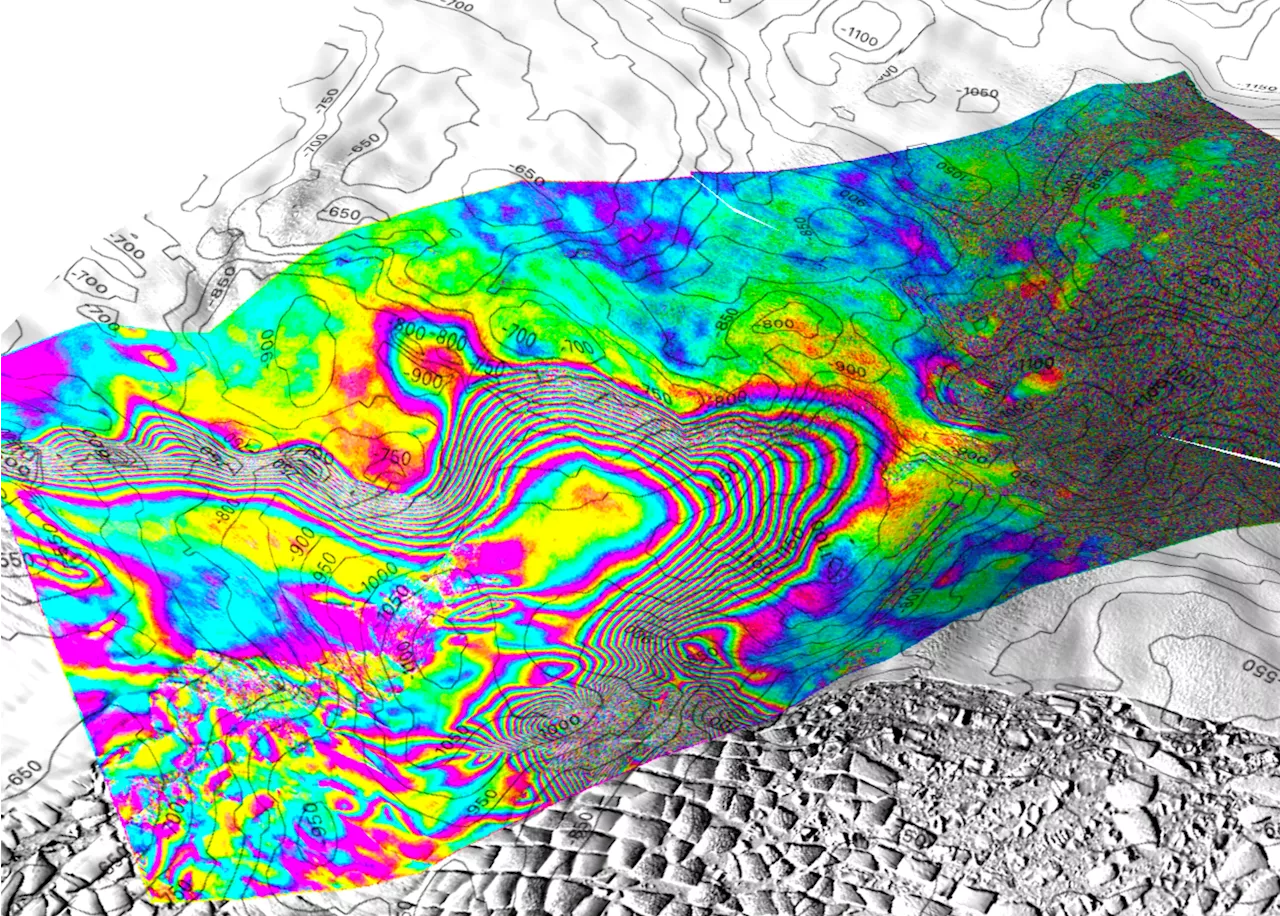 Satellite radar data uncover 'vigorous melting' at Antarctica's Thwaites GlacierA team of glaciologists led by researchers at the University of California, Irvine used high-resolution satellite radar data to find evidence of the intrusion of warm, high-pressure seawater many kilometers beneath the grounded ice of West Antarctica's Thwaites Glacier.
Satellite radar data uncover 'vigorous melting' at Antarctica's Thwaites GlacierA team of glaciologists led by researchers at the University of California, Irvine used high-resolution satellite radar data to find evidence of the intrusion of warm, high-pressure seawater many kilometers beneath the grounded ice of West Antarctica's Thwaites Glacier.
Read more »
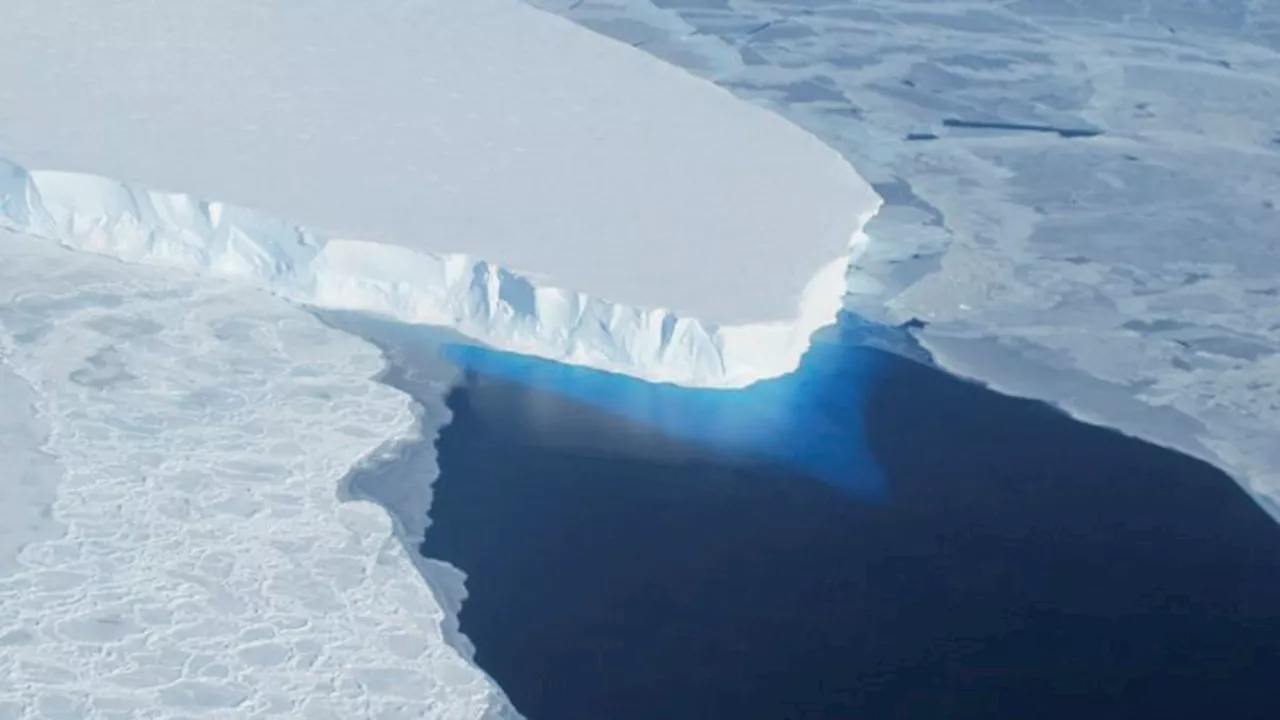 Ocean water is rushing miles underneath the ‘Doomsday Glacier’ with potentially dire impacts on sea level riseOcean water is pushing miles beneath Antarctica’s “Doomsday Glacier” on a daily basis making it more vulnerable to melting than previously thought, according to new research, which used radar data from space to perform an X-ray of the crucial glacier.
Ocean water is rushing miles underneath the ‘Doomsday Glacier’ with potentially dire impacts on sea level riseOcean water is pushing miles beneath Antarctica’s “Doomsday Glacier” on a daily basis making it more vulnerable to melting than previously thought, according to new research, which used radar data from space to perform an X-ray of the crucial glacier.
Read more »
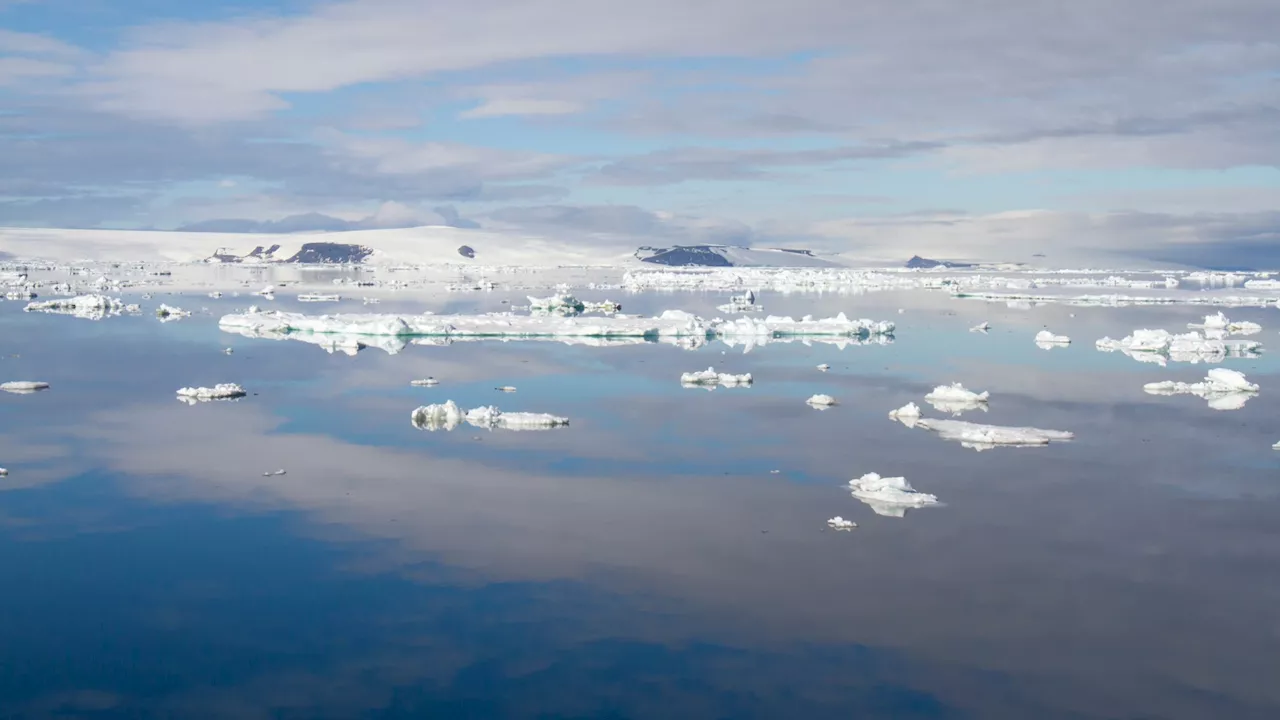 Warm water melts ‘Doomsday Glacier’ half a mile every year, finds studyIf other polar regions imitate the process, it could potentially lead to a reassessment of global sea-level rise projections.
Warm water melts ‘Doomsday Glacier’ half a mile every year, finds studyIf other polar regions imitate the process, it could potentially lead to a reassessment of global sea-level rise projections.
Read more »
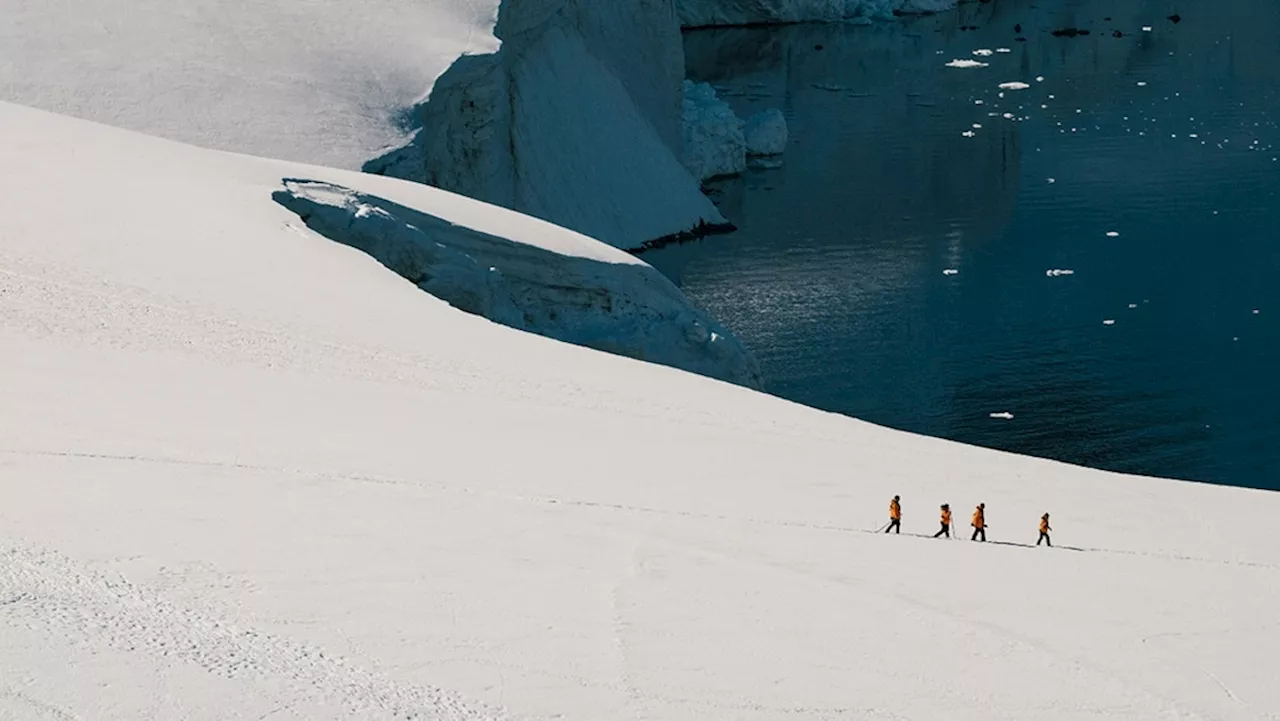 Photo story: a water-borne adventure into fragile AntarcticaAn increasingly fragile place of barren shores lapped by bone-chilling waters, Antarctica is home to every form of ice — in snow, glaciers and bergs — and a surprising amount of wildlife.
Photo story: a water-borne adventure into fragile AntarcticaAn increasingly fragile place of barren shores lapped by bone-chilling waters, Antarctica is home to every form of ice — in snow, glaciers and bergs — and a surprising amount of wildlife.
Read more »
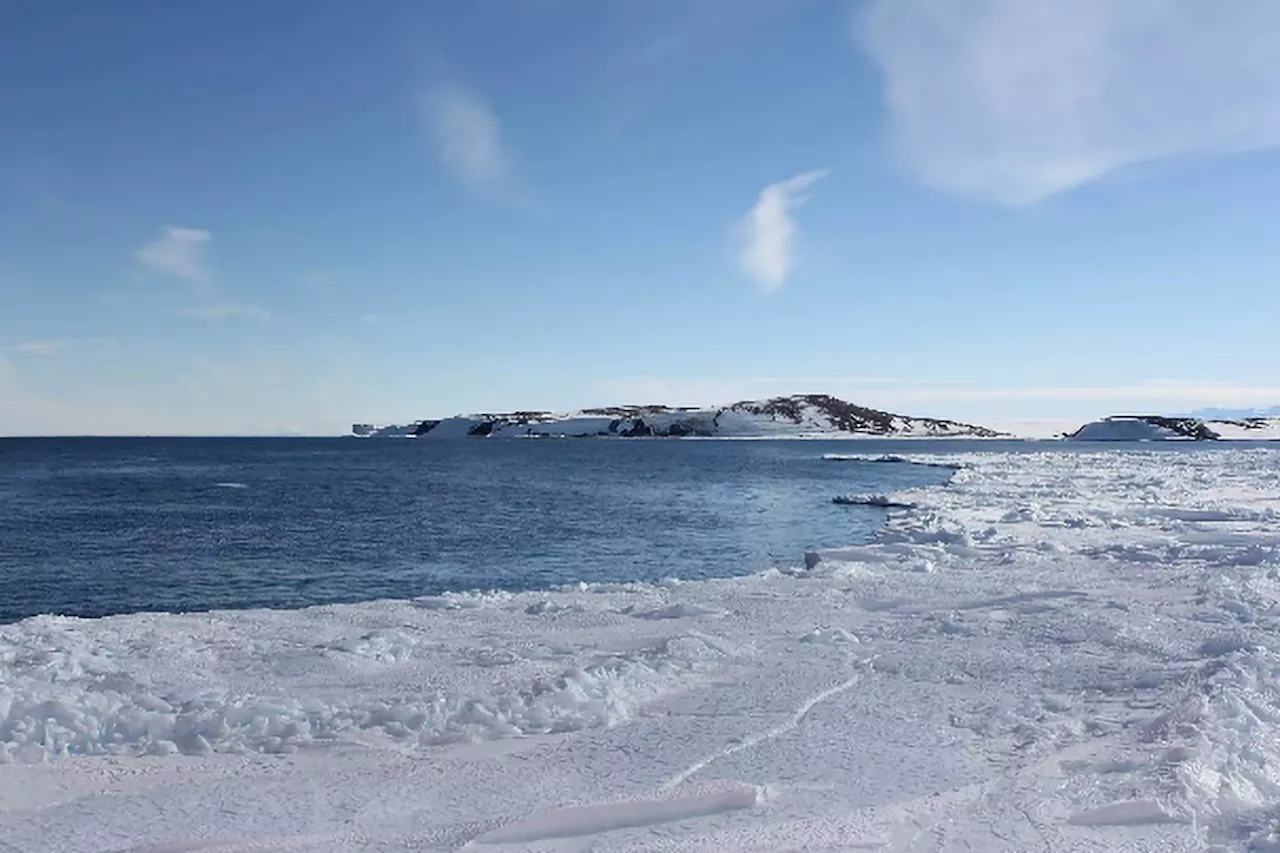 Antarctica’s Ice on Edge: 2024’s Near Record Low PredictionsScience, Space and Technology News 2024
Antarctica’s Ice on Edge: 2024’s Near Record Low PredictionsScience, Space and Technology News 2024
Read more »
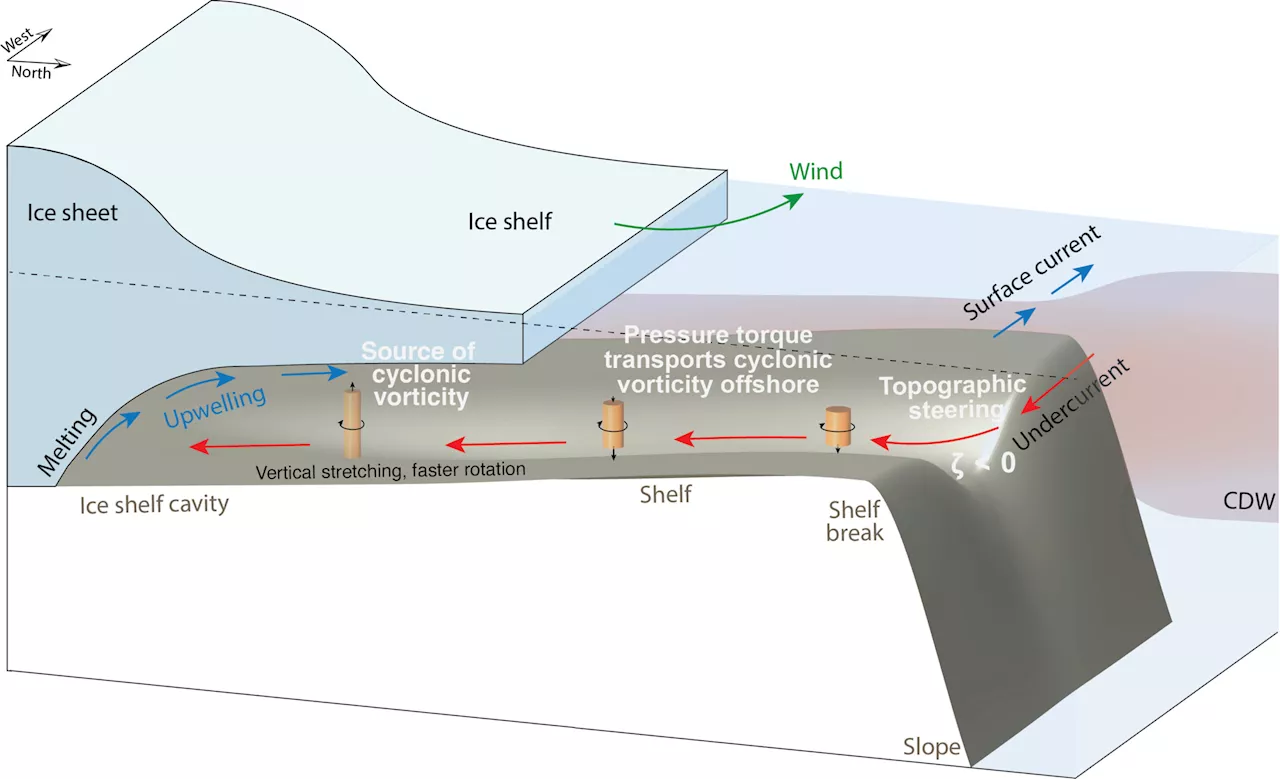 Feedback loop that is melting ice shelves in West Antarctica revealedNew research has uncovered a feedback loop that may be accelerating the melting of the floating portions of the West Antarctic Ice Sheet, pushing up global sea levels.
Feedback loop that is melting ice shelves in West Antarctica revealedNew research has uncovered a feedback loop that may be accelerating the melting of the floating portions of the West Antarctic Ice Sheet, pushing up global sea levels.
Read more »
